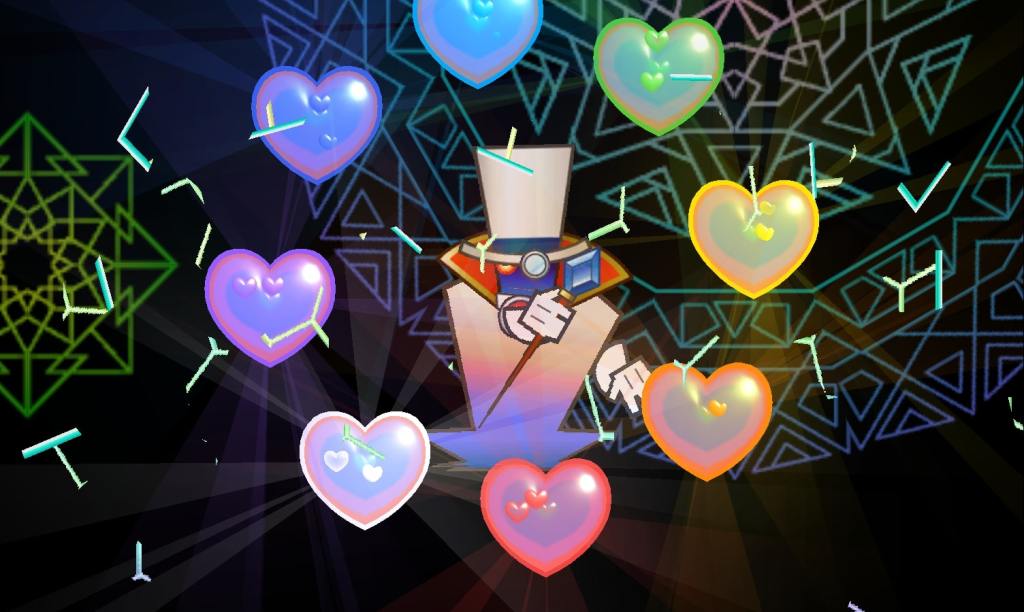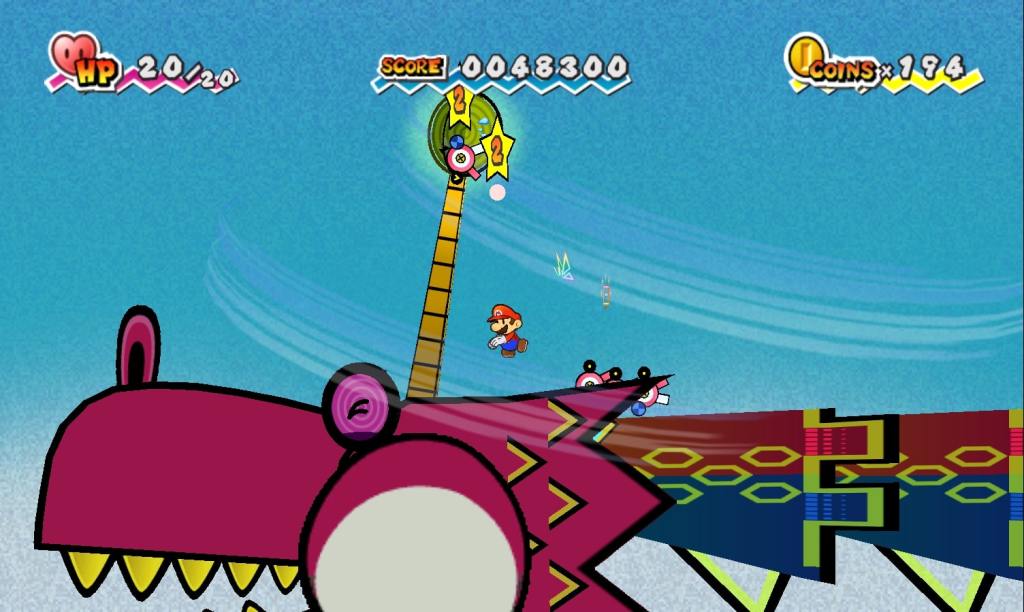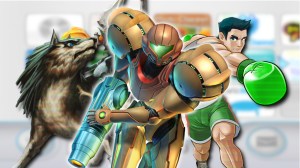If you ask any Paper Mario fan, there are two distinct eras in the 25-year history of the subseries: The golden age of character-driven RPGs, and the more experimental games with simpler gameplay and stories. Most of those fans would likely point to 2004’s Paper Mario: The Thousand-Year Door as their favorite, and for good reason. But looking back at the heyday of Paper Mario, one installment arguably stands out on top.
Videos by ComicBook.com
Super Paper Mario, which released on the Wii in 2007, awkwardly sits in the middle of the two eras as a sort of bridge. While everyone loves to shower praise on The Thousand-Year Door and shake their fists at Sticker Star, the discussion surrounding the game that came in between those two very different titles is a lot more complicated.
I’m of the opinion that Super Paper Mario has the best of both worlds, taking the creative and colorful characterization and storytelling of the first two games, and experimenting with an original combat system like the subsequent titles, albeit more successfully. It’s certainly my favorite Paper Mario, and in my view, it’s stealthily the greatest one.
Super Paper Mario Has The Best Story In The Series

One point where Paper Mario fans are in agreement is that Super Paper Mario has an excellent story. While it begins with a familiar premise of Princess Peach being kidnapped, the story takes a much darker tone, with Mario and pals having to essentially save the entire universe — a very RPG story if I’ve ever heard one before.
The eclectic cast of original characters makes for very memorable sequences, particularly the villains of the game: The shapeshifter Mimi, for instance, introduces a bit of body horror to the series, and the otaku chameleon Francis has some of the funniest writing from any Mario-related piece of media ever.
Super Paper Mario, at the very least, might be the most eventful story in the series, with plot arcs such as Luigi being brainwashed into the sinister Mr. L, or Mario quite literally ending up in Hell. But the emotional core of the story is the Romeo and Juliet-like romance between Bleck and Tippi, the Navi-like companion on Mario’s journey, with chapter interludes detailing their backstory, culminating in a deeply affecting ending.
One knock that fans may have on Super Paper Mario is the lack of any Partners like in the first two games, instead being replaced by Pixls, which each give the player a unique ability. While I hate to put The Thousand-Year Door in anyway in service of Super, I had the feeling that Partners simply stopped developing after their introduction, whereas Super has the advantage of focusing on the main party of Mario, Luigi, Peach, and Bowser. Keeping to the main cast and having them all play a part in the story instead of just being sidekicks made Super Paper Mario feel like a true role-playing adventure.
Yes, Super Paper Mario Is Still An RPG

Possibly the most controversial aspect of Super Paper Mario is its real-time combat system, which attempts to apply the platforming nature of a traditional Super Mario game into the Paper Mario world. It’s for that reason that many fans don’t even consider Super Paper Mario an RPG, but it isn’t any less of an RPG than other games with real-time combat like Final Fantasy XVI or a BioWare or Bethesda game.
At a granular level, Super Paper Mario has the usual RPG traits of hit points, experience points, levels, items, and other stats that give a sense of character progression through the game. Even though the player is running and jumping, enemies still display damage numbers when you hit them.
Overall, Super Paper Mario is simply a fun game to play, being somewhat more accessible to players without the turn-based combat while still retaining enough elements from the previous two games to keep it in line with the Paper Mario identity. Switching between the four main characters and taking advantage of their distinct abilities is also a blast, utilizing them for different scenarios and giving each of them a sense of importance.
Super Paper Mario might not be every fan’s cup of tea, but it deserves to stand alongside the first two games in the golden age of the series. With its dark, complex, and emotional story, and its interesting take on RPG gameplay, Super Paper Mario should at least be considered when discussing the best title of the legendary Paper Mario series.









